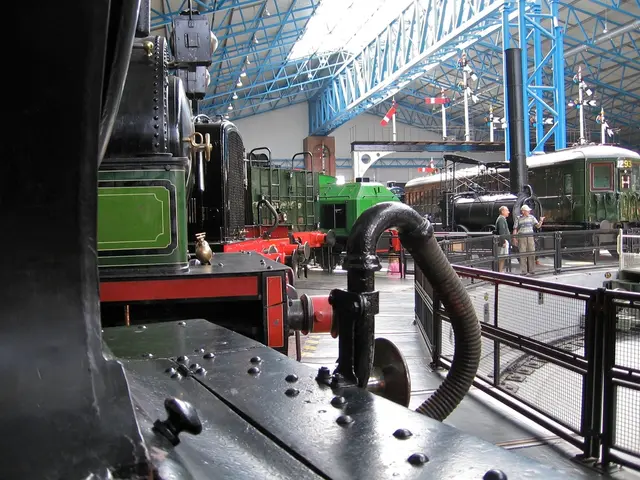Swiss Steel Group Leads EU-Funded HYDREAMS Project to Replace Natural Gas with Hydrogen in Steel Treatment
Swiss Steel Group is leading the charge in the EU-funded HYDREAMS project, aiming to replace natural gas with hydrogen in steel treatment processes. The project, set to begin its first industrial trial in March 2025, seeks to examine the effects of hydrogen combustion on various steel qualities using different furnaces and burners.
The project, funded by the EU, plans three industrial trials for different heating processes and product types. While the switch to hydrogen carries potential risks, such as increased NOx emissions and possible negative effects on steel quality and furnace refractory materials, initial tests on 13 steel grades showed no adverse effects on material quality.
Swiss Steel Group's subsidiary Ugitech has signed a memorandum of understanding with hydrogen producer Lhyfe for an electrolyzer plant in France. This plant, with a capacity of up to 12 tons of hydrogen per day, is expected to save around 16,000 tons of CO2 per year at the Ugine site by 2026. The group sees this hydrogen technology as an alternative to electric heating in the steel industry, with three industrial demonstrators planned to prove the practical feasibility of hydrogen use in steel treatment by then.
The HYDREAMS project, led by Swiss Steel Group, is poised to revolutionize steel treatment processes by replacing natural gas with hydrogen. With the first industrial trial starting in March 2025 and promising initial test results, the project aims to reduce CO2 emissions significantly by 2026. Despite potential risks, the project offers a beacon of hope for a greener, more sustainable steel industry.
Read also:
- Industrial robots in China are being installed at a faster rate than in both the United States and the European Union, as the global market for these robots faces a downturn.
- Galvanize Unveils $1.3 Billion Plan to Fund the Energy Sector's Evolution Pathway
- EAFO Research Uncovers Crucial Elements in Electric Vehicle Adoption within the EU
- Kazakhstan: From Nuclear Test Ground to Disarmament Champion








